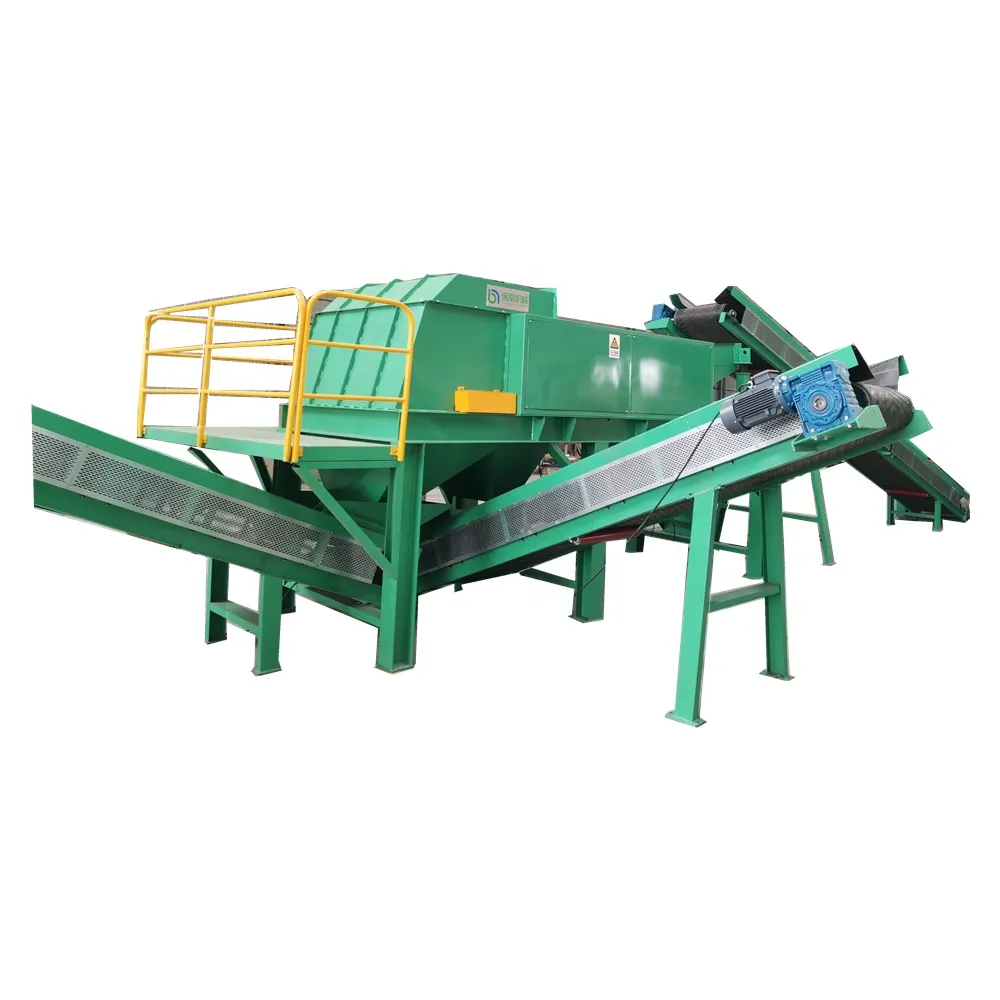

nóv . 17, 2024 15:26 Back to list
Understanding Industrial Scrap Shredders An Essential Component of Waste Management
In today's rapidly evolving industrial landscape, the importance of efficient waste management cannot be overstated. One crucial component in this process is the industrial scrap shredder. Designed to reduce large volumes of scrap materials into manageable pieces, these machines play a pivotal role in recycling and the sustainable disposal of waste. Understanding how industrial scrap shredders operate, their types, and their benefits can provide valuable insights into their significance in the waste management sector.
At its core, an industrial scrap shredder is a powerful machine that mechanically breaks down large, tough materials into smaller fragments. This process not only makes it easier to transport and process these materials but also prepares them for recycling. Shredders are commonly used to handle various materials, including metals, plastics, rubber, and electronic waste. Depending on the application, shredders come in different sizes and configurations, allowing users to choose a model that best suits their specific needs.
One of the primary types of industrial scrap shredders is the single-shaft shredder. This type utilizes a single rotating shaft equipped with sharp, hardened blades that slice through materials, producing uniform particle sizes. Single-shaft shredders are particularly effective for materials like wood and plastic. Conversely, dual-shaft shredders feature two interlocking shafts that rotate in opposite directions, providing greater power and efficiency. These are ideal for dealing with tougher materials, such as metals and large industrial waste.

Another popular option is the horizontal shredder, which has a horizontal feeding system that allows for the efficient shredding of bulkier items. This type is well-suited for processing scrap from automotive industries or construction sites. Regardless of the type, all industrial scrap shredders are engineered to withstand heavy use, ensuring durability and longevity in demanding environments.
The benefits of using industrial scrap shredders extend beyond mere material reduction. By effectively shredding waste, companies can significantly lower their disposal costs. Shredded materials occupy less space, allowing for more efficient transport and reducing landfill burden. Additionally, many businesses can recover valuable raw materials from shredded waste, contributing to a circular economy.
Moreover, employing shredders aligns with sustainability initiatives. As industries strive to minimize their environmental impact, the ability to recycle materials becomes essential. Industrial scrap shredders facilitate this process by ensuring that materials are adequately prepared for recycling, whether it's melting down metals or reforming plastics.
In conclusion, industrial scrap shredders are vital tools in modern waste management. Their ability to efficiently reduce various types of scrap materials not only aids in recycling efforts but also promotes sustainability and cost-effectiveness for businesses. As industries increasingly focus on responsible waste management practices, the role of shredders will undoubtedly continue to grow, contributing to a cleaner, more sustainable future. Investing in the right shredder can transform waste management processes, turning scrap into valuable resources.
Latest news
Troubleshooting Common Eddy Separator Problems
NewsJul.04,2025
The Role of Metal Recycling Plants in Circular Economy
NewsJul.04,2025
The Impact of Recycling Line Pickers on Waste Management Costs
NewsJul.04,2025
Safety Features Every Metal Shredder Should Have
NewsJul.04,2025
How Industrial Shredders Improve Waste Management Systems
NewsJul.04,2025
How Cable Granulators Contribute to Sustainable Recycling
NewsJul.04,2025